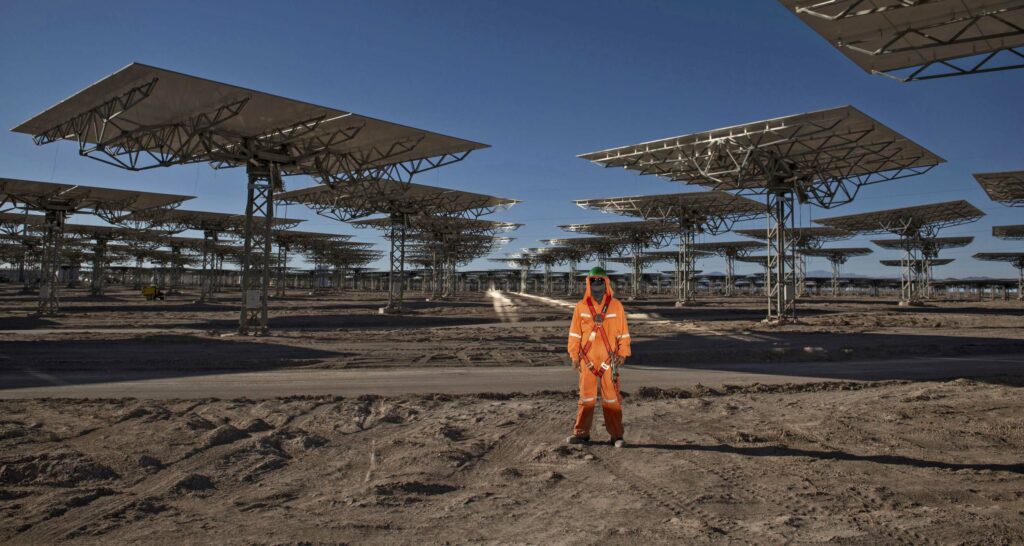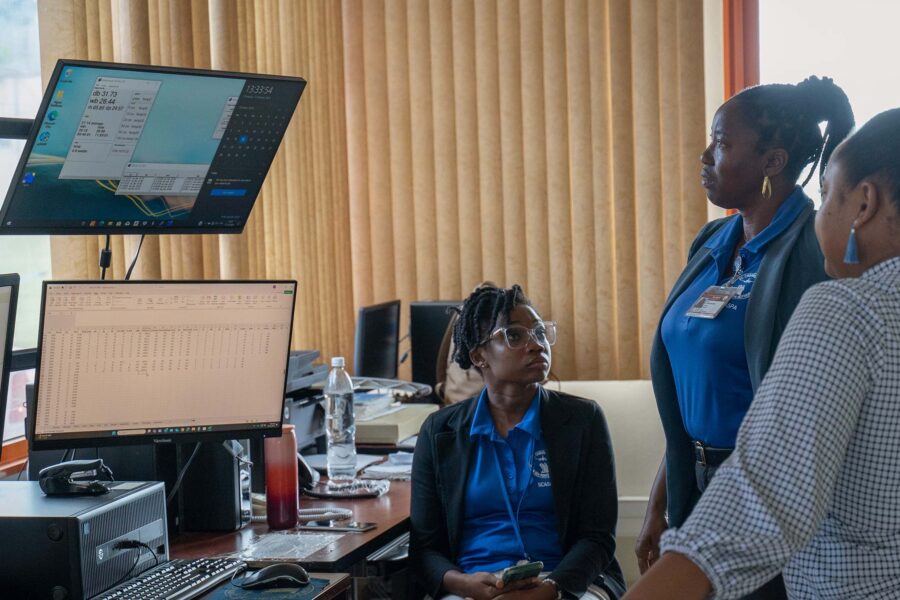Learning from climate finance
Progress on implementing the Sustainable Development Goals (SDGs) has been significant but uneven. If we want to accelerate delivery, we need to apply the lessons learned from climate finance
Financing — Global

The 17 UN SDGs represent the ambitious but necessary outcomes we need to achieve if we are to achieve peace and prosperity for people and for the planet. The SDGs recognize that we must end poverty, improve health and education, reduce inequality, spur economic growth, tackle climate change, and preserve our oceans and forests.
Since the SDGs were first adopted, there has been progress in many areas. However, we remain a long way from achieving many of the goals. In fact, the 2022 SDG Progress Report suggested that progress toward many of the targets that underpin the SDGs has stalled or even gone backwards, stating that “Urgent, scaled-up and coordinated actions by all countries are needed to accelerate SDG implementation and avert the devastating impacts in order to get on track and chart a course for better recovery.”
One of the critical barriers to progress has been that the level of investment and financial support for the SDGs has simply not been sufficient. In 2022, the Organisation for Economic Co-operation and Development (OECD) estimated that the gap between the level of investment required and the investment actually delivered was approximately USD 3.9 trillion. There is justified concern that the public sector capital available for the SDGs may reduce in coming years given that many governments need to rebuild their balance sheets in the wake of the COVID-19 pandemic. Despite this concern, governments are beginning to design and implement “at scale” interventions for climate change. Examples include the US Inflation Reduction Act and the EU’s Fit for 55 package. While the focus of these measures is narrower than the SDGs, they remind us, especially when we also think about the massive health and social interventions made during the pandemic, that governments do have the ability to exert influence and to shift capital at scale.
More ESG in private finance
It is also important to recognize that the private finance sector is increasingly interested in sustainability issues and the SDGs. For example, over 4,500 asset owners and asset managers are now signatories to the Principles for Responsible Investment, while over 300 banks, representing almost half of the global banking industry, are signatories to the Principles for Responsible Banking. The signatories to these initiatives commit to integrate environmental, social, and governance (ESG) factors into their investment and lending practices, and to engage with companies to encourage better management of these ESG factors. Furthermore, many of these investors and banks have explicitly recognized that their success and the success of the companies in which they invest depend on having a stable climate and a healthy natural environment, high-quality infrastructure, healthy and educated workforces, and the ability to operate in peaceful and inclusive societies.
This interest is being reflected in private capital flows. For example, the Climate Policy Institute calculated that total climate finance flows in 2019/2020 were USD 632 billion, of which USD 310 billion came from private sources. Beyond climate change (which has been underpinned by significant policy support and a significant reduction in the costs of key technologies), we are also seeing a significant level of private finance support for SDG 8 (decent work and economic growth), SDG 10 (reduced inequality), and SDG 9 (industry, innovation, infrastructure).
Lessons for governments
So where do we go from here? Our view is that the success of climate finance provides powerful lessons for governments seeking to attract capital to other SDGs.
To attract capital at the scale needed, governments need to start by making it clear that achieving the SDGs is a policy priority and that they intend to align all policy areas with the SDG priorities. This has been the key first step for those governments that have attracted significant levels of private climate finance. By being clear that theirs is a long-term commitment, to 2050 and beyond, they can provide the clear, long-term direction of travel needed by private capital.
Commitments are only a start. Governments then need to focus on two areas. First, particularly in emerging economies, they need to address the barriers to capital investment. This is not an SDG-specific issue but an acknowledgement that private investors see these markets as higher risk and will look for higher returns or greater risk protections to invest. Fortunately, these barriers are well understood and governments and multilaterals have extensive experience in utilizing tools such as blended finance, export credit guarantees, and first loss insurance to leverage private finance in these higher-risk environments.
Second (and a proposal that applies to both emerging and developed economies), governments need to establish and implement SDG delivery plans that encourage meaningful action on the SDGs across economic sectors, including the financial sector. National climate transition plans have shown sectors how the country they operate within plans to decarbonize, and have been critical in providing the policy certainty and incentives needed to encourage private investment.
Limitations and possibilities
Of course, we need to be realistic about the role that private finance can play. In particular, there will be many areas where there is no business case for action, where the costs significantly outweigh the benefits, or where the benefits accrue to actors other than those making the investment. In the climate space, adaptation is a classic example, where, despite the compelling societal case for action, the case for individual investors to support investment in adaptation is often very weak. In fact, the reality has been that governments have had to provide the bulk of the finance needed for adaptation.
A final reflection is that the role of the private finance sector is not simply confined to the provision of finance (important though this of course is). Financial institutions committed to sustainability have defined their role and responsibilities in much broader terms. In the climate arena, for example, many engage with companies to improve their management of climate-related issues (a notable example being the Climate Action 100+ initiative). Many also engage with policymakers on regulatory reform to encourage private finance flows and to implement real-economy policy to catalyze opportunities for investee companies. This policy lobbying is often coordinated through networks such as the Institutional Investors Group on Climate Change, which has been an active player at recent G7 and G20 summits.
Climate finance shows what is possible, and how private finance can actively support public goals on climate change. By encouraging financial institutions to think beyond climate change, to encourage company action on the SDGs and to support long-term, sustainable, development-oriented policy action, there is the potential to increase the deployment of capital that supports the SDGs and, we hope, to set us on track to achieve the SDGs by 2030.





